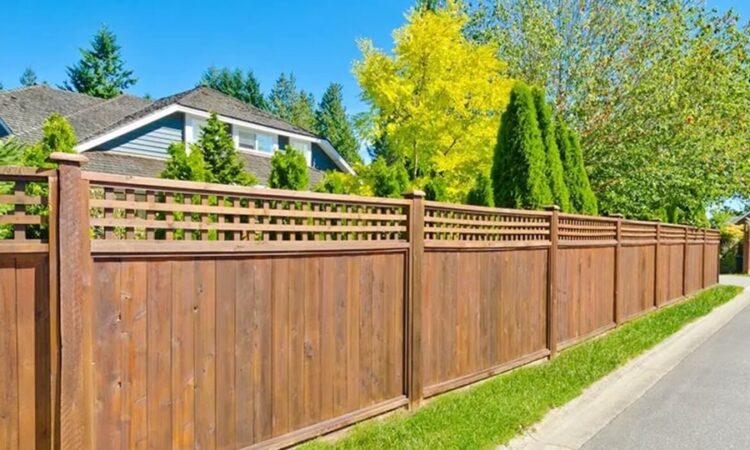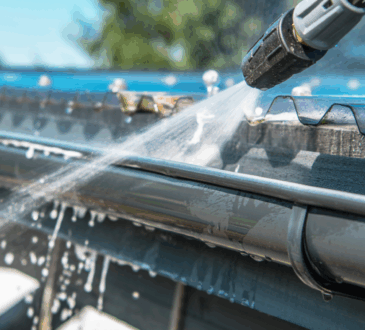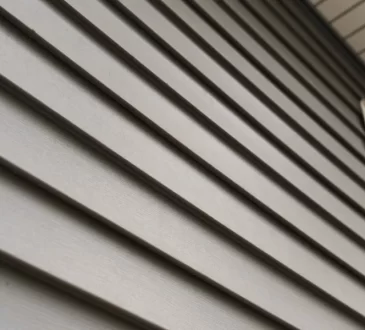
Choosing the right fencing material for your home can feel overwhelming. With so many options available, it’s essential to consider what fits best with your needs and your home’s style. Here’s a straightforward guide to help you select the perfect fencing material.
1. Understand Your Needs
Before diving into material options, think about why you need the fence. Are you looking for privacy, security, or just a decorative touch? Knowing your primary goal will help narrow down your choices.
- Privacy: If you want to create a private space, consider materials that offer full coverage, like wood or vinyl.
- Security: For added security, materials like chain link or wrought iron are strong and durable.
- Decoration: For purely aesthetic purposes, you might opt for materials like decorative metal or bamboo.
2. Explore Different Materials
Here’s a closer look at common fencing materials:
- Wood: Wood fences are popular for their classic look and versatility. They can be customized with various styles and heights, wood fence installation can be a bit of work, but it’s worth it if you appreciate a natural look. Keep in mind that wood requires maintenance, like staining or painting, to keep it in good condition.
- Vinyl: Vinyl fences are a low-maintenance alternative to wood. They come in various colors and styles and are resistant to weather and pests. They are a great option if you want a fence that looks good without much upkeep.
- Chain Link: This is a practical choice for security. Chain link fences are durable and cost-effective, but they don’t offer much privacy. They’re often used in combination with privacy slats or other materials.
- Wrought Iron: Wrought iron fences are both strong and elegant. They offer security and style, with intricate designs available. However, they can be more expensive and may require some maintenance to prevent rust.
- Aluminum: Aluminum fences are similar to wrought iron but are lighter and less prone to rust. They offer a sleek, modern look and are generally low-maintenance.
3. Consider the Climate
The climate in your area plays a significant role in determining the best fencing material. For instance:
- Wet or Humid Areas: Materials like vinyl or aluminum perform better in wet climates as they don’t absorb moisture and are resistant to rust or rot.
- Sunny Areas: Wood may be more prone to warping and fading in intense sunlight. Choosing treated wood or vinyl can help mitigate these effects.
4. Think About Cost and Maintenance
Different materials come with varying costs and maintenance needs:
- Initial Cost: Wood fences can be less expensive initially, but you’ll need to factor in the cost of maintenance. Vinyl and aluminum fences have a higher upfront cost but can save you money over time with minimal upkeep.
- Maintenance: Wood fences require regular maintenance to prevent issues like rot and pest damage. Vinyl and aluminum are virtually maintenance-free, while wrought iron may need occasional painting to prevent rust.
Conclusion
Selecting the right fencing material involves considering your needs, the climate, budget, and aesthetics. Whether you choose a classic wood fence installation or a modern vinyl option, the right fence can enhance your home’s look and functionality.
Take your time, weigh your options, and choose the fencing material that best fits your home and lifestyle




